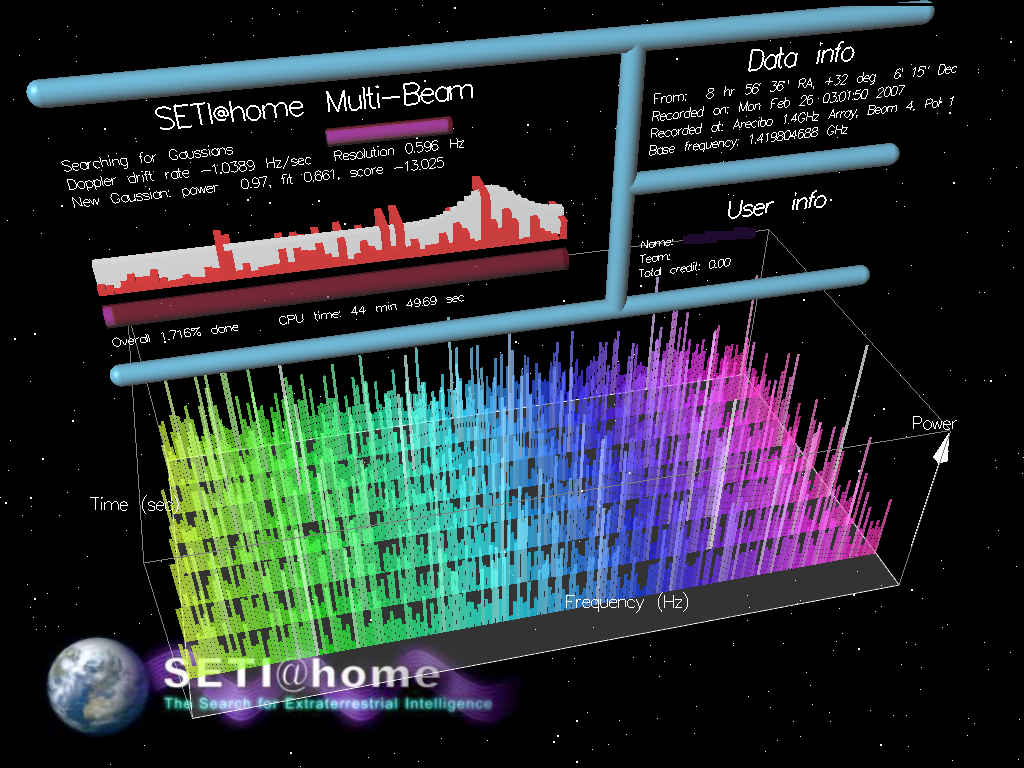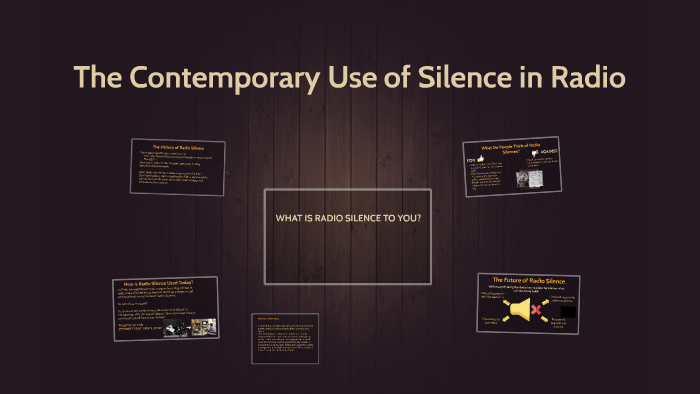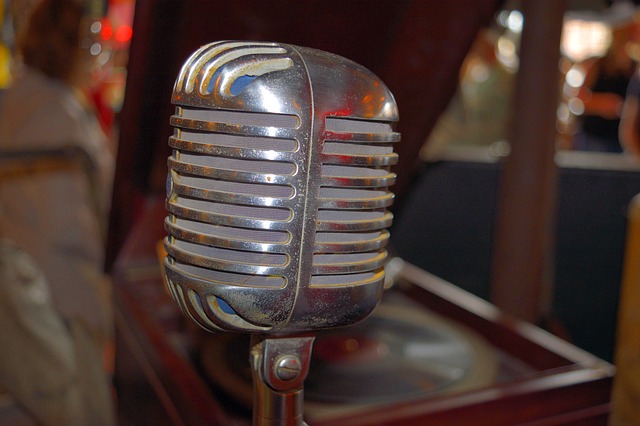
In 1910, when another inventor, Lee de Forest, broadcast from the Metropolitan Opera House, hundreds of New Yorkers gathered at listening centers to put on earphones and hear the crackling, distorted voice of Enrico Caruso. Still, most of Fessenden’s listeners were shipboard wireless operators in the waters off the Eastern Seaboard. The first true audio broadcast occurred on Christmas Eve, 1906, when the Canadian inventor Reginald Fessenden, who was based on the coast of Massachusetts, played “O Holy Night” on his violin and read the account of the birth of Jesus from the Gospel of Luke. The earliest ones, built in the late nineteenth century, had been used mainly to transmit Morse code.

The radio had come a long way by the nineteen-thirties. “During the first week, the men hated to be out of the sound of it.”
#RADIO SILENCE MEANING FULL#
“The day we got our radio, we put it in the kitchen window, aimed it out at the fields, and turned it on full blast,” a farm woman remembered. Those farm families with electricity were relieved to end the silence that accompanied their isolation. In Depression-era rural America, the effect of the radio was no less profound. “The fisherman turned round and listened, even though they could not understand,” Arnheim recalled. “It was very quiet, but suddenly from behind me came a spitting and a spluttering, then screams and squeaks and whistles-the wireless was being tuned in.” The owners of the café, which was situated “in a little Italian place where strangers are almost unknown,” hoped that the sound of the radio-English announcers, a German choir-might attract customers. “The fishermen, their legs a-straddle, their hands in their pockets and their backs turned to the street, were gazing down on the boats which were just bringing home the catch,” he wrote. The psychologist and art critic Rudolf Arnheim captured some of the wonder and power of it when he recalled sitting outside a café by a harbor, in a southern Italian fishing village, in the nineteen-thirties. How strange it must have been to hear voices separated from place for the first time. But I do so while speaking to friends in New York or outside of Boston, to my brother in France, to people throughout the borderless world that gives definition to my life.
#RADIO SILENCE MEANING WINDOWS#
I gaze out the same windows she did, with their old and watery glass. From this house, the widow would have heard no one farther away than shouting distance.

This easy access to sound means that the scope of our worlds differs. Just knowing that I can simply cancel the quiet changes it. But, in one essential way, her quiet was different from mine: with the flip of a switch or the tap of a screen, I can hear other voices singing or speaking. I’m sometimes tempted to believe that this quiet connects me with the past, that the widow who lived in this house a century ago must have also worked in silence, listening to sounds-some similar to what I hear, some particular to her own time-from the street, the yard, and the woods and fields beyond. Even then, the quiet feels spacious-a place in which my thoughts can roam as I work.

When the weather grows warm, I open the windows, and sometimes a little talk from passersby floats in.

On a winter’s day, I can hear snow landing on the windowpanes and flames muttering on the stove, tires hissing on the wet street, my cats shifting in their beds.


 0 kommentar(er)
0 kommentar(er)
